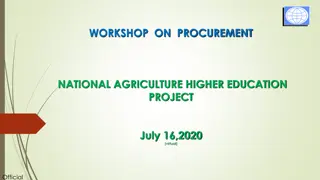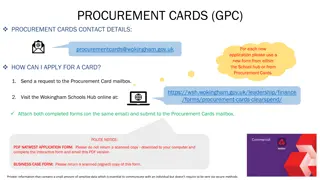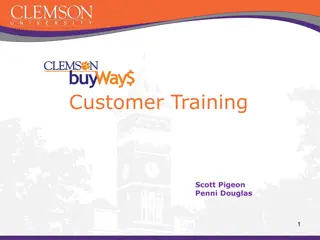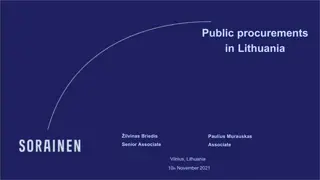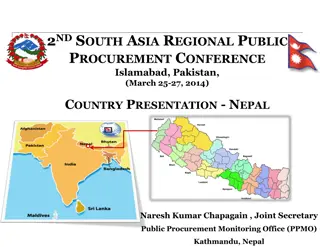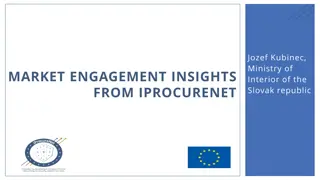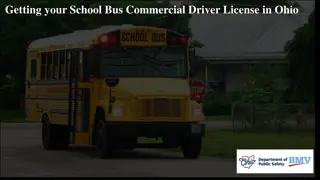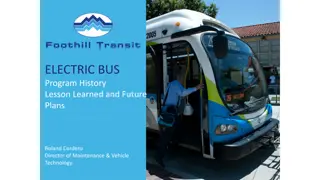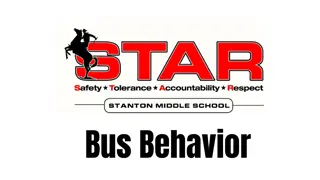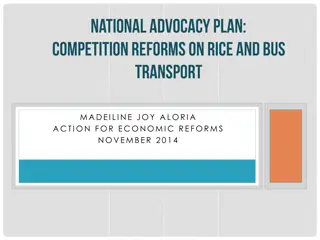Bus Operator Workstation Procurement Process Organizational Guidance Tool
This document outlines a structured process for procuring bus operator workstations with a focus on health and safety. It emphasizes stakeholder engagement, team training, internal communications, data review, and information gathering to support decision-making. Stakeholders, including bus operators, play an active role throughout the procurement phases.
Download Presentation

Please find below an Image/Link to download the presentation.
The content on the website is provided AS IS for your information and personal use only. It may not be sold, licensed, or shared on other websites without obtaining consent from the author. Download presentation by click this link. If you encounter any issues during the download, it is possible that the publisher has removed the file from their server.
E N D
Presentation Transcript
BUS OPERATOR WORKSTATION PROCUREMENT PROCESS ORGANIZATIONAL GUIDANCE TOOL TCRP Report 185 Version: February 19, 2016 1
PHASE 1: BUILD AND SUPPORT THE PROCUREMENT TEAM Step 1: Define procurement process and recruit stakeholders. Recommended Practice: The transit agency procurement process engages stakeholders to address bus operator workstation health and safety. Bus operator role: - provide insight from their unique knowledge bases The procurement group includes stakeholder representatives from bus operations, engineering, maintenance and safety departments, or calls on them at relevant stages. Questions of bus operator workstation design, ergonomics, and safety are raised in a systematic way. Bus operators play an active role. Step 2: Prepare and train procurement team and stakeholders. Recommended Practice: Stakeholders contributing to the procurement process are provided with training to understand and support bus operator health and safety. Bus operator role: - receive training provided to procurement team - provide guidance and mentoring to others about their job skills and demands A core module explaining the procurement process is prepared for presentation to new team members, using the skills and knowledge of current and past agency staff. Additional training topic areas include bus operator ergonomics and biomechanics, relevant design and engineering concepts, and regulations concerning operator health and safety. Members share their skills and teach others. Learning from experienced team members and others is encouraged. The team is canvassed before each procurement to identify areas where training is desired. Step 3: Maintain internal communications. Recommended Practice: Effective communication about bus cab and operator health and safety is maintained. Bus operator role: - report on process to other operators via union meetings or newsletters - coordinate data collection or other input - evaluate the effectiveness of communication modes Lines of communication include input from and feedback to the procurement team and executive, management, and line-level employees and their representatives. Other stakeholders such as riders or expert groups are engaged when appropriate. Stakeholders understand the need for and impact of their input. Results of assessments are shared and decisions are transparent.
PHASE 2: PREPARE FOR PROCUREMENT (DATA) Step 4: Review last procurement. Recommended Practice: Stakeholders systematically review past procurements for all items affecting cab design and operator health and safety, engaging safety team and operators. Bus operator role: - report any health or safety events - share information about informal adaptations - report concerns with the existing fleet - participate in reviews of procurement documents and safety reports Existing data about health and safety impact of last bus procurement is consulted, including workers compensation and injury data, repair and replacement logs, passenger incidents, etc. Step 5: Request information internally and externally. Recommended Practice: The procurement group collects relevant information about cab design and its impact on bus operators. Bus operator role: - design, review and distribute surveys and other instruments - mark up bus workstation images - co-chair meetings - collect information about coworkers informally Data collection includes internal data, opinions, contact with other transit agencies, professional literature, etc. It accesses of staff at all levels and is initiated in a timely way. The process can use a matrix documenting the suggestions, rating the severity or urgency of concerns, listing solutions, and describing the final decisions.
PHASE 2: PREPARE FOR PROCUREMENT (TECHNOLOGY) Step 6: Investigate new technology. Bus operator role: - reach out through unions and other external contacts - evaluate potential impact of new technologies from bus operator s perspective Recommended Practice: The transit agency maintains and refers to an information base of existing and developing technology and its impact on operator health and safety. All stakeholders contribute as needed, referring to industry, academic, and labor resources. Agency employees participate in industry events, listservs, and other discussions across the industry to develop and maintain knowledge and contacts. Innovative suggestions from staff are investigated. Step 7: Test or mock-up changes. Recommended Practice: Changes are assessed for their impact on operator health, safety, and comfort through mock-ups and loaner equipment. Bus operator role: - actively assist in design and test of mock-ups - be consulted about test configuration and conditions - serve as live test subjects for changes Configurations are tested early and comprehensively, before the request for proposals if possible. Mock-ups are built and tested in-house. Test periods push the equipment to relevant limits. This phase takes advantage of design tools such as the CAD model that accompanies these recommendations.
PHASE 3: SPECIFICATIONS, RFP PHASE 3: SPECIFICATIONS, RFP AND AWARD AND AWARD Step 8: Define options with all manufacturers. Recommended Practice: The procurement team engages manufacturers in active exchanges that help identify and resolve concerns related to health and safety before final specifications. Bus operator role: - participate in factory visits as procurement team members or experienced bus operators - help prepare checklists and analyze data questions to be addressed The procurement team members are involved whenever practical, and bus operators and maintainers participate throughout the process. Transit agencies bring information to the manufacturers as well as receiving it from them. Step 9: Draft proposal. Recommended Practice: The procurement proposal reflects stakeholder input to explicitly address the areas affecting bus operator health and safety. Bus operator role: - provide recommendations for items - evaluate proposal for impact on health and safety This includes seating, steering, pedals, other controls, ingress and egress, passenger interaction (communication, assault, wheelchairs), roadway visibility (mirrors, glare, blind spots), farebox, personal storage space, and environmental controls, to fit bus operators ranging from the 5th percentile female to the 95th percentile male working population in relevant dimensions, and to be to be operated reliably and safely with minimized physical demands. Stakeholders including safety department and bus operators and their representatives participate in defining the terms of the RFP. The RFP references design tools such as the CAD model. Step 10: Review changes proposed internally or by manufacturers. Recommended Practice: Changes proposed at any upper level, later changes, and manufacturer requests for deviations are assessed on the same terms as the procurement draft and RFP. Bus operator role: - continue to participate in document reviews - alert procurement team to concerns they identify Core stakeholders including safety department and bus operators and their representatives have the opportunity to review and challenge in a timely way changes proposed internally or by manufacturers.
PHASE 4: BUILD AND ROLL PHASE 4: BUILD AND ROLL- -OUT OUT Step 11: Monitor bus build and test pilot buses Recommended Practice: The team continues to oversee the build process, test pilot buses, and address changes to bus operator workstation demands systematically to improve the impact on the health and safety of operators and others. Bus operator role: - develop checklists - help define test routes and conditions - drive prototype and pilot buses - recommend improvements Representative and extreme conditions are tested by bus operators, in time frames that reflect actual use. Improvements are made in response to findings. Step 12: Evaluate and correct problems (in-warranty and fleet defect, and refit and retrofit. Recommended Practice: Safety department and bus operators contribute to the evaluation of the fleet for issues that affect health and safety through the bus lifecycle. Solutions are identified and implemented on existing buses and future procurements. Bus operator role: - report concerns to management - help create checklists to be used by bus operators - coordinate reporting of concerns through union or joint safety team - discuss concerns with maintenance department Equipment problems affecting safety are considered fleet defects. Bus operators and maintainers are encouraged to report concerns about equipment in a timely way. Reporting forms and systems are used to document these and track the correction process. Retrofits and other changes are documented throughout and reviewed during the next procurement.
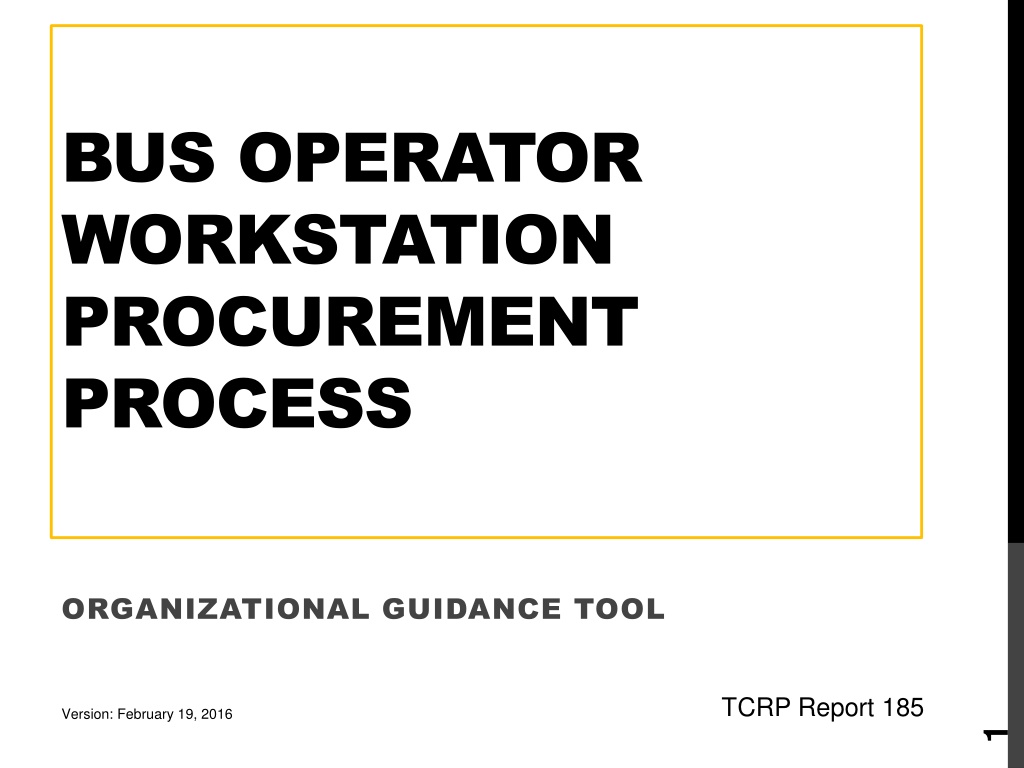

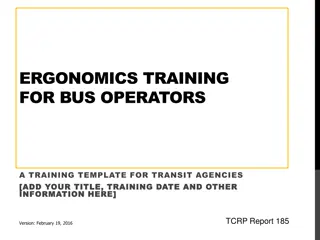

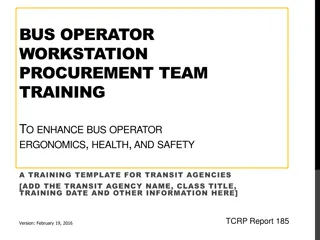
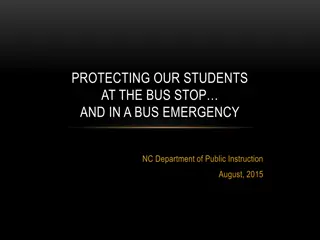

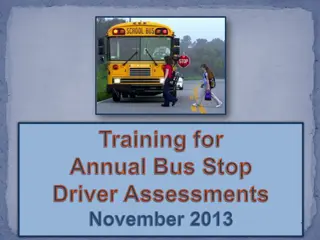


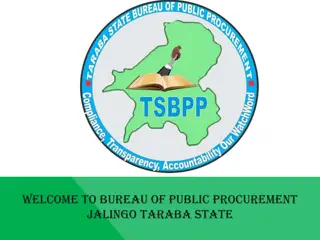
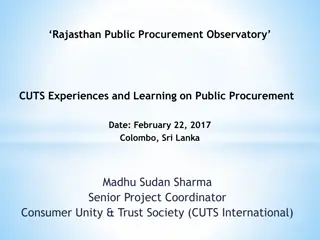

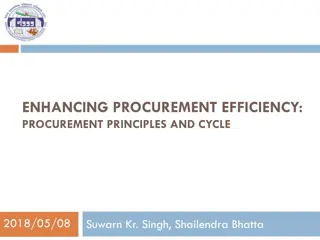
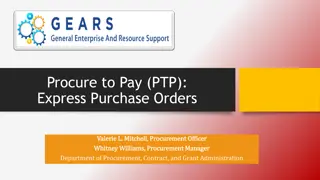
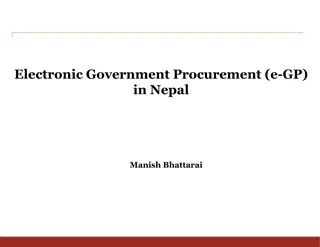

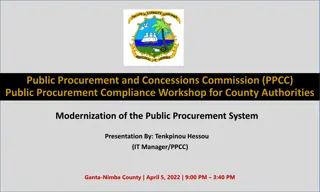
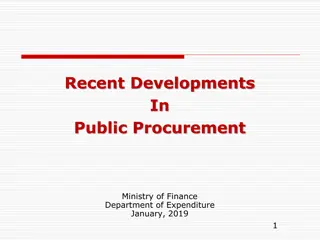
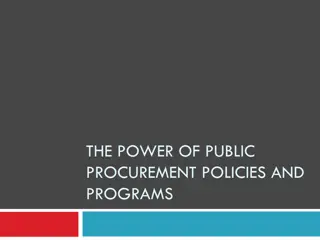

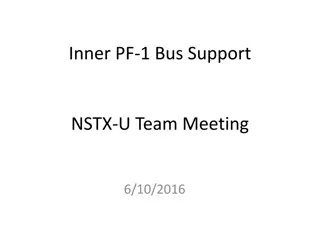
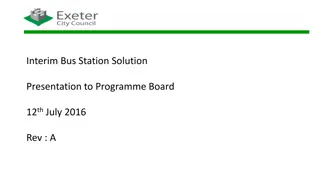
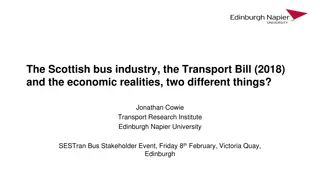
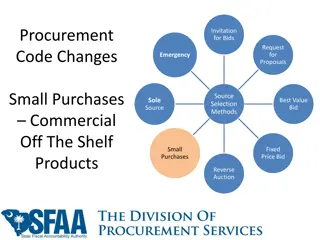
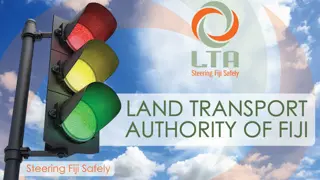
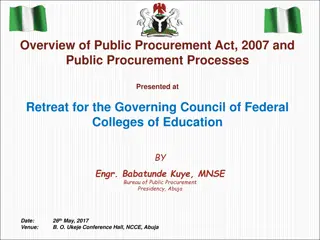
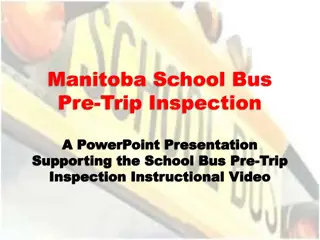
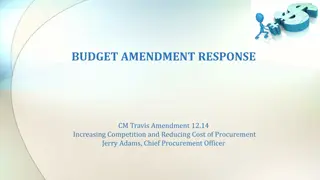
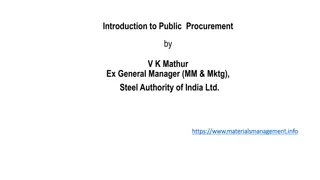
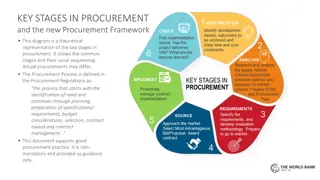
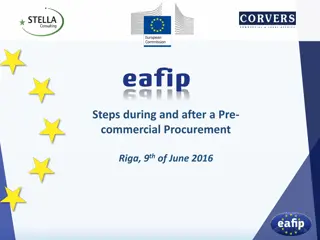
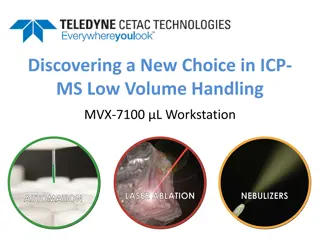
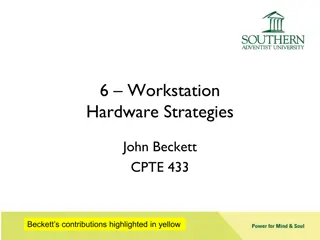
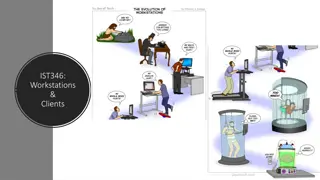
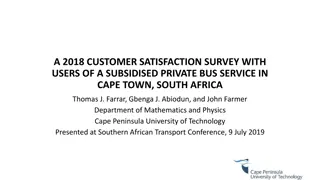
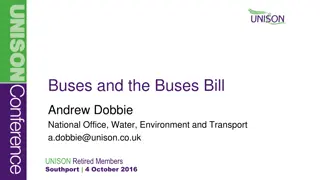
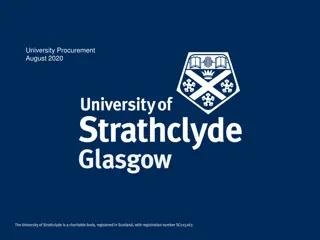
![Comprehensive Overview of Corruption Watch Submission on Public Procurement Bill [B18B-2023]](/thumb/138344/comprehensive-overview-of-corruption-watch-submission-on-public-procurement-bill-b18b-2023.jpg)
